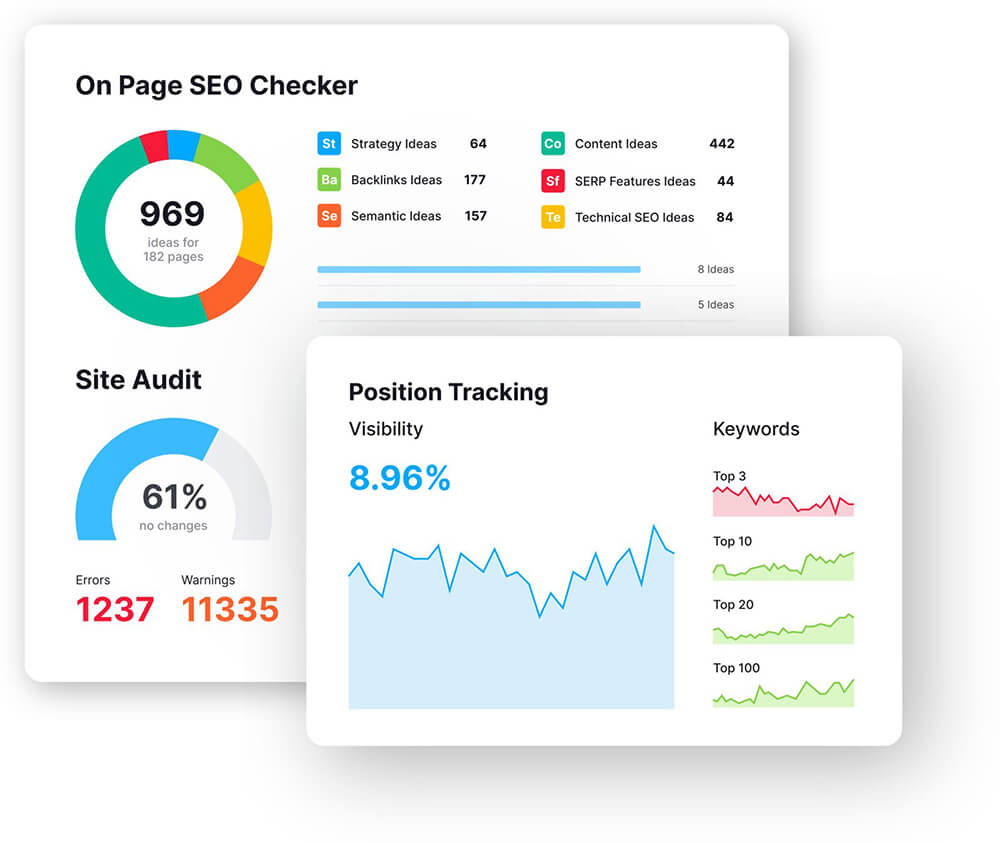Keep SEO During Website Redesign

A website redesign can revive your marketing efforts; add new technology and functionality; launch new products and services; and keep you competitive with the market. But, it can also make a high-traffic site virtually invisible. Some companies tunnel-vision on the look of their website. This can negatively impact your search engine optimization (SEO) and reduce your rankings.
How? This loss of search engine “juice” is due to a lack of an SEO strategy—from coding errors and SEO unfriendly design practices to more serious issues like content duplication, URL rewriting without redirection, and information architecture changes that steer away from search engine friendly techniques.
The first step towards a successful website redesign is a collaborative approach. Whether agency or in-house, you need to work with a team of designers, developers, and SEO experts that offer you a clear SEO strategy for your website redesign process. Not only do you want to avoid negative results by minimizing loss of ranking, but you also want to recover quickly by applying best practices that boost your website higher up the rankings over time.
To ensure you see the benefits of a redesign, follow the checklist below for a successful launch:
1. Assess the current performance and state of your website.
A difference in site structure, URLs, internal links, metadata, and content can all affect your rankings. The clearer the picture of the before and after, the better you can identify any problem areas or areas that must be retained. Thus, the more effective your SEO strategy becomes.
Start by crawling and auditing your existing website. You might be wondering, what’s crawling? Crawling is the automated fetching of web pages to index the content of websites so that they can be searched.
If you don’t know what your site’s structure looks like, you could be setting yourself up for a massive fall. Capturing the structure, metadata, and URLs is essential to identify exactly what’s changing and why. Use a tool like Screaming Frog to get a map of how your entire site is currently organized so you can compare it to the new site. Tools like Woorank will do the auditing and alert you to what search engines do and don't like about your site.
In this first step, you’re identifying:
- Missing/Duplicate/Multiple Page. Titles, H1 Tags, & Meta Descriptions
- Broken External/Internal Links
- Image Alt Text
You’re also manually checking for:
- XML Sitemap
- Robots.txt
- Duplicate Content
- Site Speed & Performance
- URL Structure
Next, do the same for your test site: crawl and audit. At the end of this process, you can export the data and end up with two key documents: the current site crawl and the testing site crawl. This comparison allows you to understand areas of improvement and what parts are missing from the test site (and vice versa)—including live URLs. These URLs are most likely new pages that must be optimized correctly per effective SEO.
2. Inventory your website to protect, review, and enhance valuable content.
Do not index your test site. Make sure you select 'noindex' in your content management system (CMS) to avoid any complications with search engines. This step is simple, yet it’s the point where many website redesigns go astray. Content is king in your SEO strategy and the last thing you want is for Google to index your test site.
All the great new content you have added will have been indexed already when you launch the new site and will have zero value as it will be considered duplicate content.
Make sure there are no live copies on other servers that are visible to the search engines. Another form of content duplication is the addition of new URLs without redirecting the old ones via a 301 permanent redirect, leaving the search engines wondering which page should be ranked.
Consider refreshing, proofreading, and publishing older content instead of deleting it. Your site content is relevant and unique—another factor behind its ranking and visibility. You can improve your existing content for the redesigned site while maintaining its originality. Don’t delete pages; instead, redirect them to the most relevant launching pages.

Image: SEMrush
3. Create a keyword map for your SEO goals.
Keywords are an essential ingredient in all effective SEO campaigns. They deliver an outline for your website’s structure and the creation of potentially relevant content.
A keyword map is a framework for those keywords you have chosen to target that mirrors your site’s structure. The goal of this map is to help you identify what areas to optimize, what content to develop, and what new pages need to be added to create multiple points of entry and, ultimately, increase traffic.
- Gather as many keywords as possible that you want your site to be found for with SEM Rush.
- Think about search intent and group keywords that answer the same question.
- Create potential URLs to your site’s structure.
You can create subdirectories based on groups of three or more keywords to design a logical path that is friendly to your visitors and to search engines. This will improve your chances of ranking for these keywords. One of the best things about establishing a keyword map is that it makes you think about your pages in terms of themes, helping you determine which words would make great URLs and which should be saved for something like a blog post or downloadable asset.
4. Consider site accessibility and performance for all audiences, devices, and browsers.
- Check accessibility across mobile devices, desktop devices, and laptops.
- Use browser checker tools to make sure your site is working properly with Chrome, Firefox, Safari, etc.
- Use tools like PageSpeed Insights and WooRank to enhance the overall performance and speed of your site.
A slow page speed means search engines will crawl fewer pages, negatively affecting your indexing and the overall effectiveness of your SEO strategy. Pages with longer load times tend to have higher bounce rates and lower average time on pages, reducing conversion rates.
Have your team do usability testing to determine if the design, UI, visuals, and overall experience is enjoyable and easy for your users.
5. Track the effectiveness of your SEO by managing and monitoring key metrics.
Make sure that your analytical tracking code is placed back in the page source before the site goes live. Additionally, any conversion pages should have the appropriate conversion tracking code appended.
You will also want your team to do a rank check to measure how the site performs for a variety of keywords in search engines. You can use this data as a comparison for the redesigned site and address any changes in ranking.
Finally, set up your social media and web profiles as part of your SEO strategy—even if you’re not using them today. It’s important to set those up before you launch your new site so that no one else jumps ahead of you and grabs your site’s name. Set up Facebook, Instagram, and others before someone else takes them.
Are you considering a website redesign and worried about your SEO? Send us a message. Our team of experts are ready to help you create an SEO strategy that drives results.


